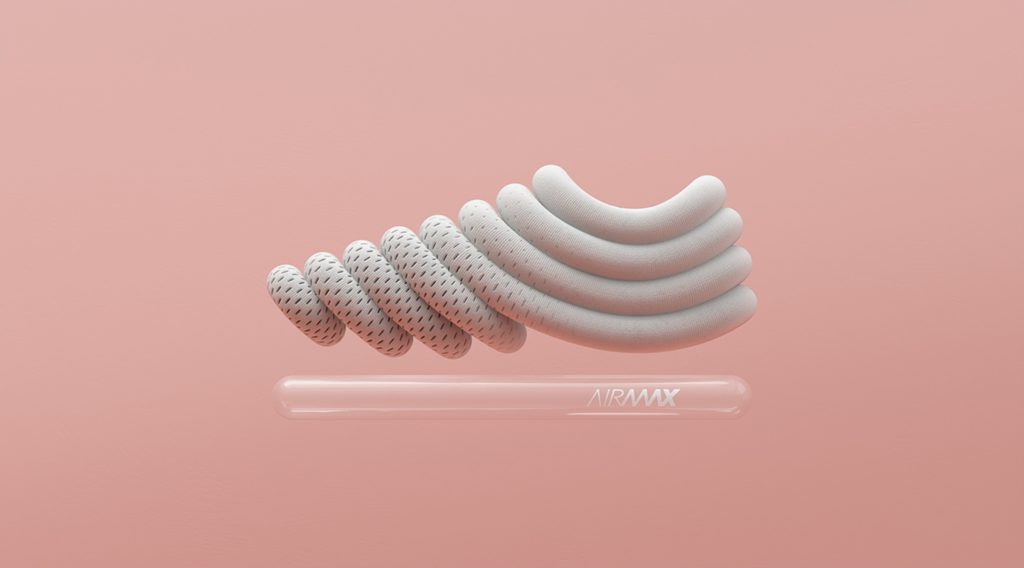The famous Coca-Cola bottle and its mascot, the polar bear, were my inspiration for this wallpaper. I first digitally sketched a Coca-Cola bottle to use as a template, as shown at the bottom, and then, I added some polar bears as decoration.
/* Michelle Kim
* michell4
* Section B
*/
function setup() {
createCanvas(600, 600);
background(220);
text("p5.js vers 0.9.0 test.", 10, 15);
}
function draw() {
background(255, 244, 196);
//cola
for(var x = 75; x < width; x += 200) {
for(var y = 50; y < height; y += 220) {
push();
translate(x, y);
cola();
pop();
}
}
//polar bear
for(var a = -40; a < width; a += 200) {
for(var b = 20; b < height; b += 220) {
push();
translate(a, b);
bear();
pop();
}
}
}
function cola() {
push();
scale(0.5);
//bottle
fill(193, 252, 255);
noStroke();
rect(0, 0, 40, 70);
quad(40, 65, 0, 65, -12, 95, 52, 95);
ellipse(20, 130, 75, 125);
quad(-13, 160, 53, 160, 40, 190, 0, 190);
quad(45, 190, -5, 190, -18, 225, 58, 225);
arc(20, 280, 95, 200, radians(170), radians(10), CHORD);
noFill();
stroke(223, 248, 255);
strokeWeight(12);
arc(-7, 58, 25, 50, 0, radians(60));
arc(47, 58, 25, 50, radians(120), radians(180));
arc(-15, 185, 23, 75, radians(283), radians(80));
arc(55, 185, 23, 75, radians(100), radians(256));
arc(20, 287, 82, 15, 0, radians(180));
//soda
fill(68, 32, 10);
noStroke();
arc(20, 90, 40, 200, radians(340), radians(200), CHORD);
arc(11, 125, 40, 100, radians(80), radians(255));
arc(29, 125, 40, 100, radians(285), radians(100));
rect(0, 165, 40, 50);
arc(20, 278, 75, 178, radians(170), radians(10), CHORD);
arc(20, 284, 74, 21, 0, radians(180));
noFill();
stroke(68, 32, 10);
strokeWeight(12);
arc(-7, 183, 23, 80, radians(290), radians(80));
arc(47, 183, 23, 80, radians(100), radians(250));
//cap
fill(170, 0, 0);
noStroke();
rect(0, 0, 40, 16);
circle(1, 8, 15);
circle(39, 8, 15);
//label
rect(-15, 110, 70, 40);
noFill();
stroke(170, 0, 0);
strokeWeight(5);
arc(-11, 130, 8, 55, radians(100), radians(260));
arc(51, 130, 8, 55, radians(280), radians(80));
//bubbles
fill(200);
noStroke();
circle(23, 95, 10);
circle(33, 100, 5);
circle(37, 91, 7);
circle(10, 160, 5);
circle(25, 168, 8);
circle(12, 180, 13);
circle(27, 183, 5);
circle(0, 270, 5);
circle(-7, 280, 10);
circle(40, 260, 15);
circle(25, 270, 7);
circle(45, 275, 5);
pop();
}
function bear() {
push();
//polar bear ears
fill(255);
noStroke();
circle(5, -12, 20);
circle(45, -12, 20);
fill(220);
circle(5, -12, 10);
circle(45, -12, 10);
//polar bear body
fill(255);
rect(0, 0, 50, 70);
arc(25, 0, 50, 40, radians(180), 0);
circle(-5, 45, 15);
circle(45, 46, 50);
circle(70, 45, 15);
noFill();
stroke(255);
strokeWeight(5);
arc(60, 10, 25, 35, radians(110), radians(190));
line(3, 0, 1, 40);
fill(255);
arc(52, 45, 46, 50, radians(0), radians(120));
arc(5, 45, 30, 50, radians(60), radians(175));
ellipse(28, 65, 25, 10);
//polar bear outlines
fill(220);
noStroke();
circle(63, 47, 4);
circle(70, 47, 4);
circle(72, 53, 4);
circle(62, 58, 12);
noFill();
stroke(220);
strokeWeight(2);
arc(-7, 46, 10, 50, radians(300), radians(80));
arc(1, 65, 10, 15, radians(130), radians(190));
arc(13, 46, 10, 50, radians(300), radians(80));
arc(21, 65, 10, 15, radians(130), radians(190));
arc(38, 46, 10, 50, radians(300), radians(80));
arc(46, 65, 10, 15, radians(130), radians(190));
arc(67, 52, 30, 30,radians(205), radians(272));
//polar bear face
fill(220);
noStroke();
circle(25, 10, 18);
fill(0);
circle(13, 0, 6);
circle(37, 0, 6);
ellipse(25, 7, 7, 5);
noFill();
stroke(0);
strokeWeight(1);
arc(23, 10, 4, 8, 0, radians(130));
arc(27, 10, 4, 8, radians(50), radians(180));
pop();
}
![[OLD FALL 2020] 15-104 • Introduction to Computing for Creative Practice](../../../../wp-content/uploads/2021/09/stop-banner.png)

